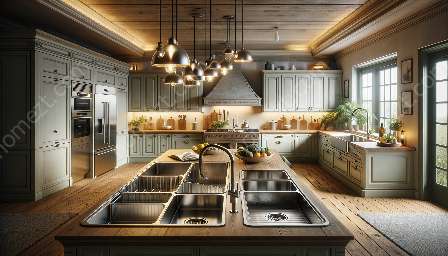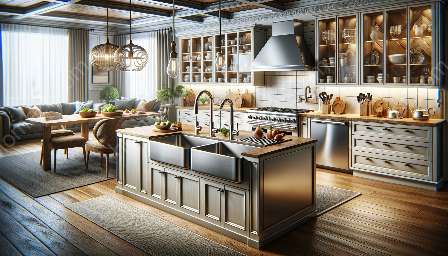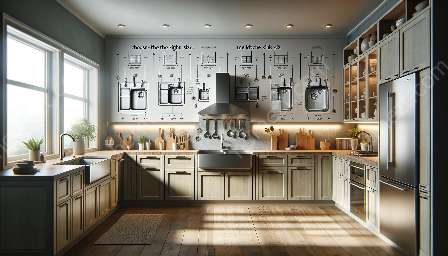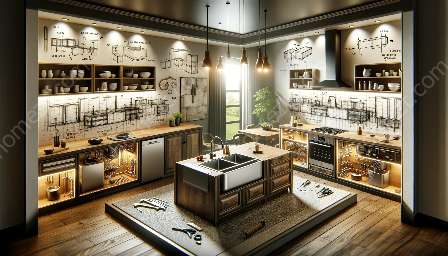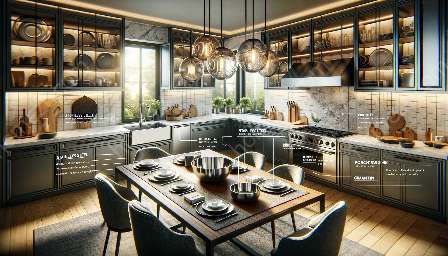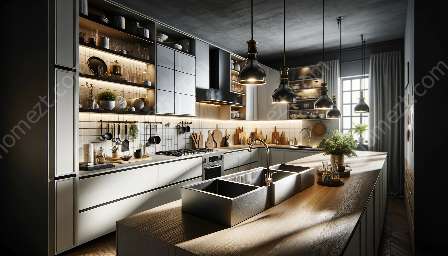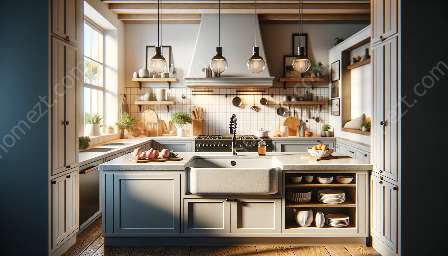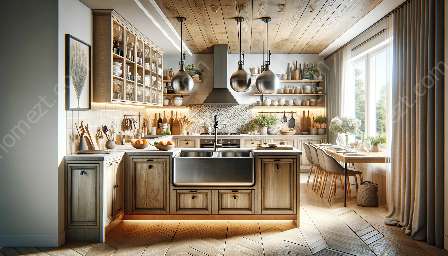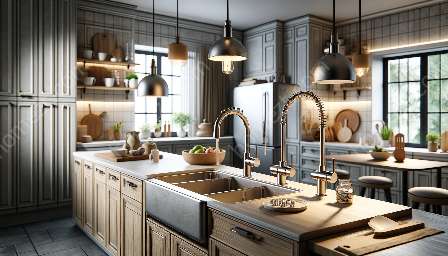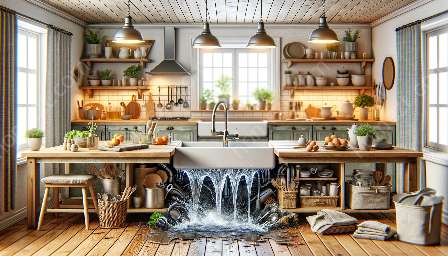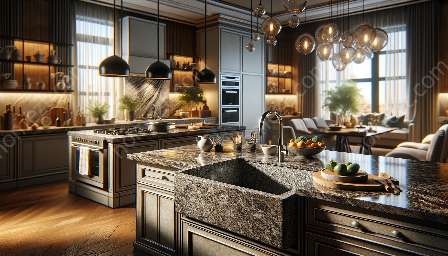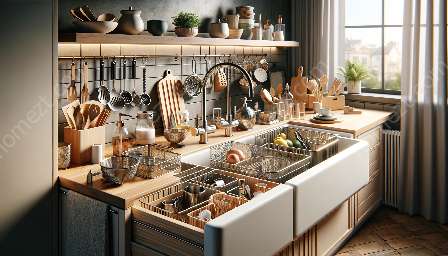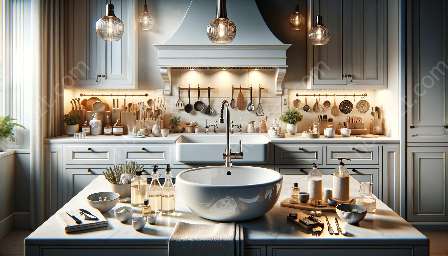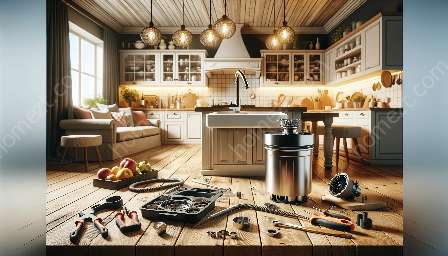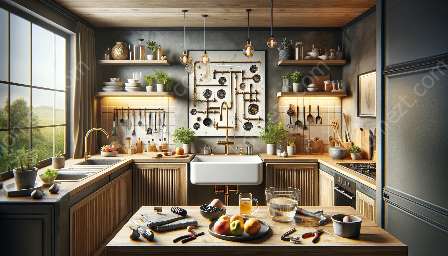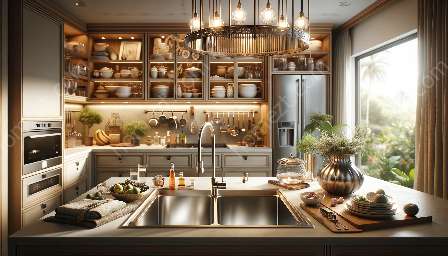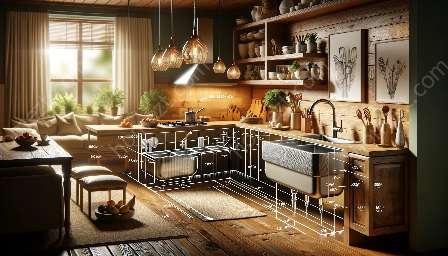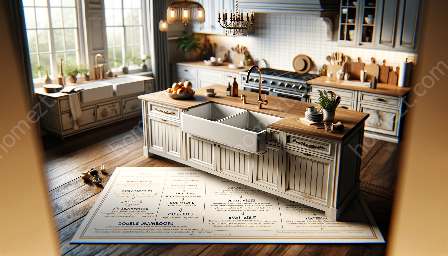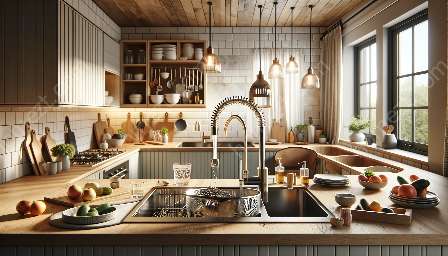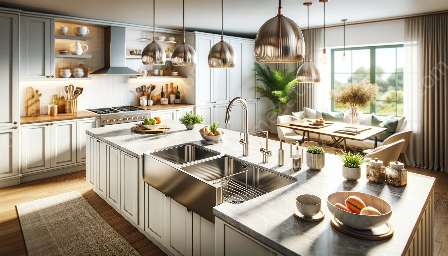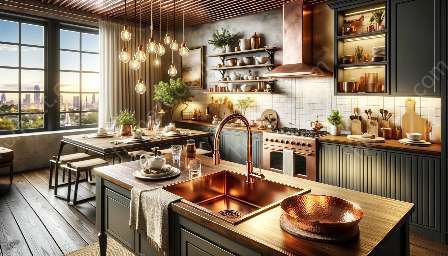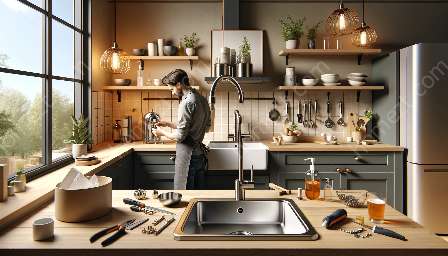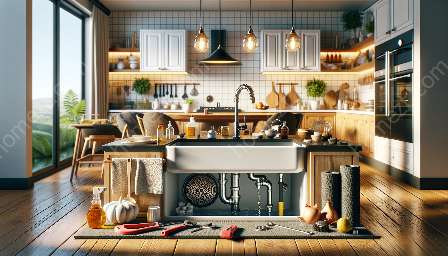Pros of Fireclay Sinks
- Durable and long-lasting
- Heat and stain resistant
- Aesthetic appeal and variety of designs
- Environmentally friendly
- Easy to clean and maintain
Cons of Fireclay Sinks
- Require proper installation and maintenance
- Heavy and may require additional support
- Susceptible to chipping and scratching
- Higher initial cost
Fireclay sinks are a popular choice for many homeowners due to their charm, durability, and functionality. These sinks are made from a unique blend of fireclay and are known for their classic and timeless appeal, making them a great addition to any kitchen. However, like any other product, fireclay sinks come with their own set of pros and cons that should be considered before making a purchase decision.
Pros of Fireclay Sinks
One of the most significant advantages of fireclay sinks is their durability. Fireclay is a material known for its strength and ability to withstand heavy use. This makes fireclay sinks highly resistant to impacts and chips, ensuring that they retain their original beauty for years to come. Additionally, fireclay sinks are heat and stain-resistant, making them an ideal choice for busy kitchens.
Another appealing aspect of fireclay sinks is the wide range of designs and styles available. Whether you prefer a traditional farmhouse sink or a sleek undermount design, fireclay sinks offer plenty of options to match your kitchen's aesthetic. The versatility of fireclay sinks allows them to seamlessly complement various kitchen styles, adding a touch of elegance and charm to any space.
Furthermore, fireclay sinks are appreciated for their eco-friendly nature. As a natural and sustainable material, fireclay is an environmentally conscious choice for homeowners looking to reduce their carbon footprint. This makes fireclay sinks a popular option for those interested in sustainable living and eco-friendly home design.
Additionally, fireclay sinks are relatively easy to clean and maintain. With proper care and regular cleaning, these sinks can maintain their original luster for years. The non-porous surface of fireclay sinks resists staining and is not affected by common household cleaners, making them a practical and hygienic choice for any kitchen.
Cons of Fireclay Sinks
While fireclay sinks offer numerous benefits, it's essential to consider some potential drawbacks as well. Proper installation and maintenance are crucial for maximizing the lifespan and performance of fireclay sinks. These sinks are heavier than traditional alternatives, which may require additional support during installation. It's imperative to ensure that the underlying cabinetry and countertop can support the weight of the sink to prevent any structural issues.
Furthermore, fireclay sinks, while durable, can be susceptible to chipping and scratching if not handled carefully. Impact from heavy cookware or sharp utensils can potentially cause damage to the surface of the sink. As a result, it's essential to use caution and avoid dropping or banging items against the sink to maintain its integrity.
Another consideration when it comes to fireclay sinks is the higher initial cost compared to other materials such as stainless steel or cast iron. While the timeless appeal and durability of fireclay sinks justify the investment for many homeowners, the upfront cost may be a deterrent for some budget-conscious individuals.
In conclusion, fireclay sinks offer a host of benefits, including durability, aesthetic appeal, and eco-friendliness. However, potential buyers should be mindful of the installation requirements and the care needed to preserve the sink's condition. By considering both the pros and cons, homeowners can make an informed decision and choose a kitchen sink that aligns with their style and practical needs.

